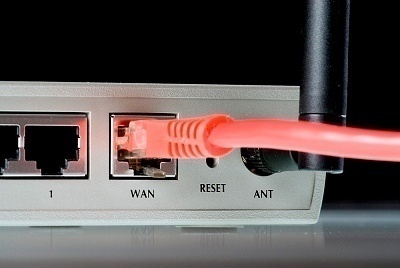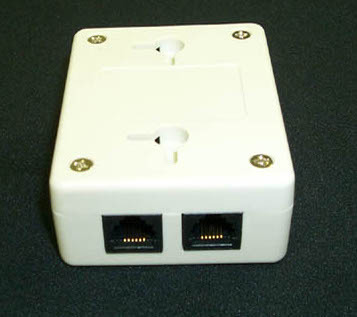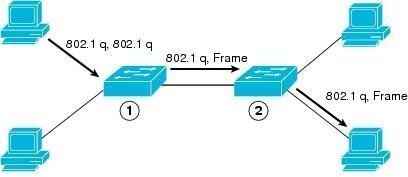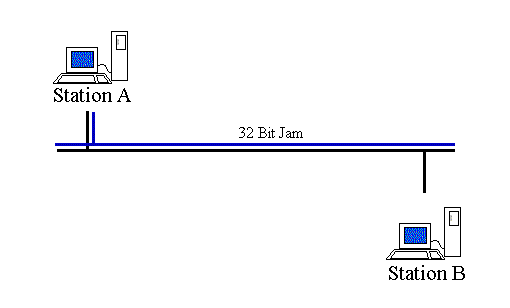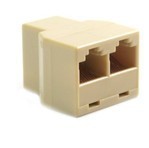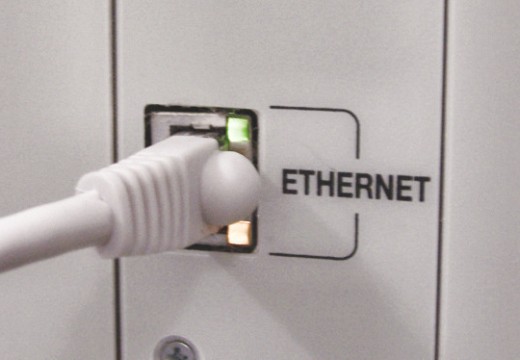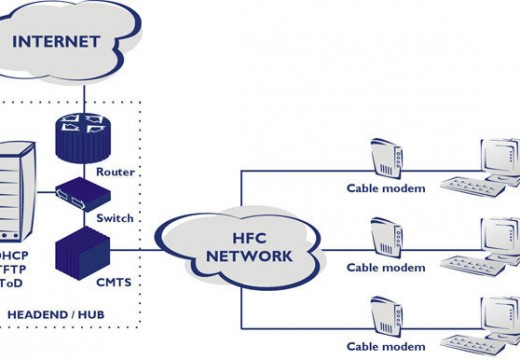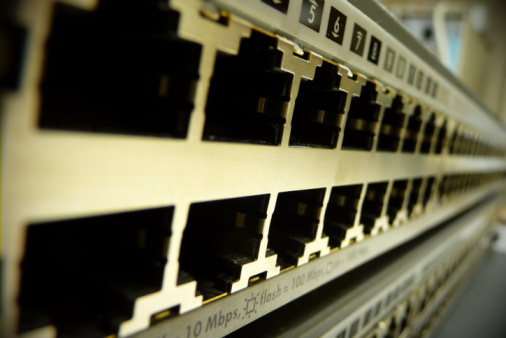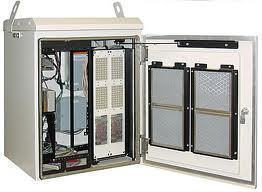ADSL Router
An ADSL router is also known as a DSL modem. The router connects the computer to the DSL phone line so the ADSL service can be used. Some countries also use the term NTBBA (Network Termination BroadBand Access). There are some ADSL routers that are also capable of sharing a single Internet connection with a …

